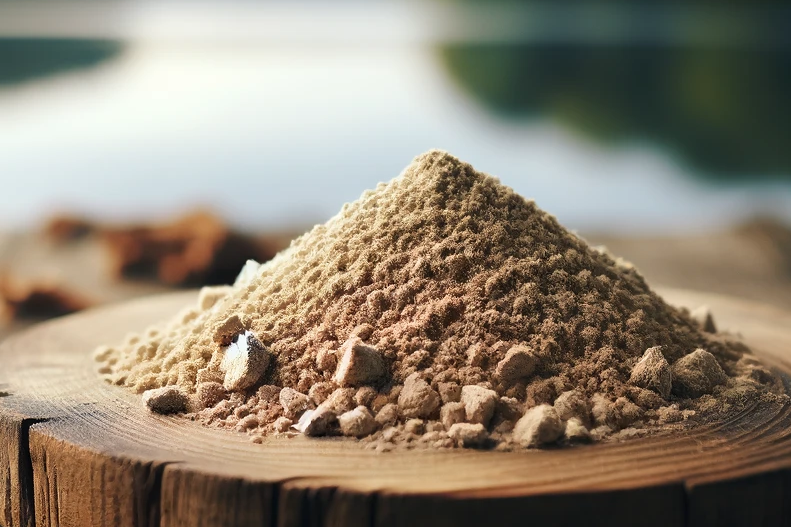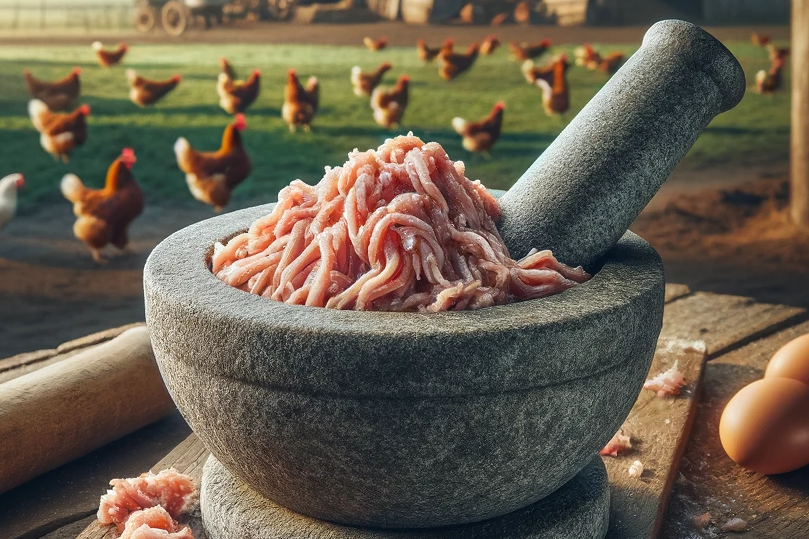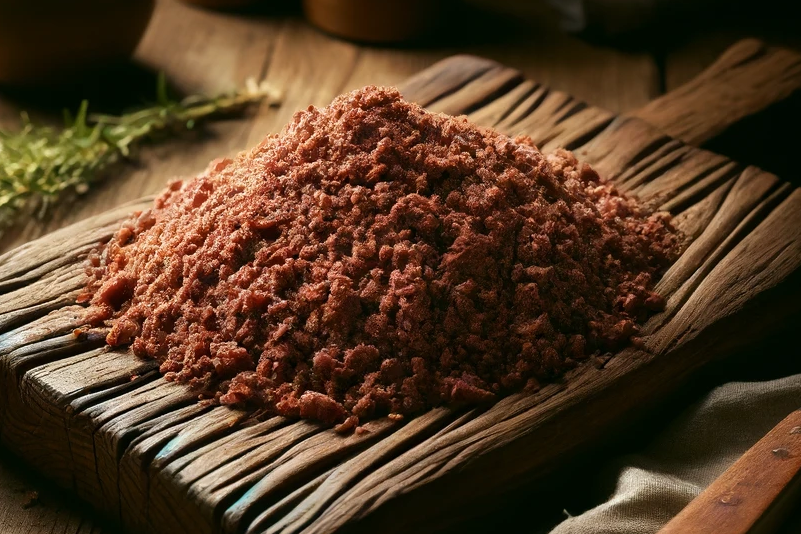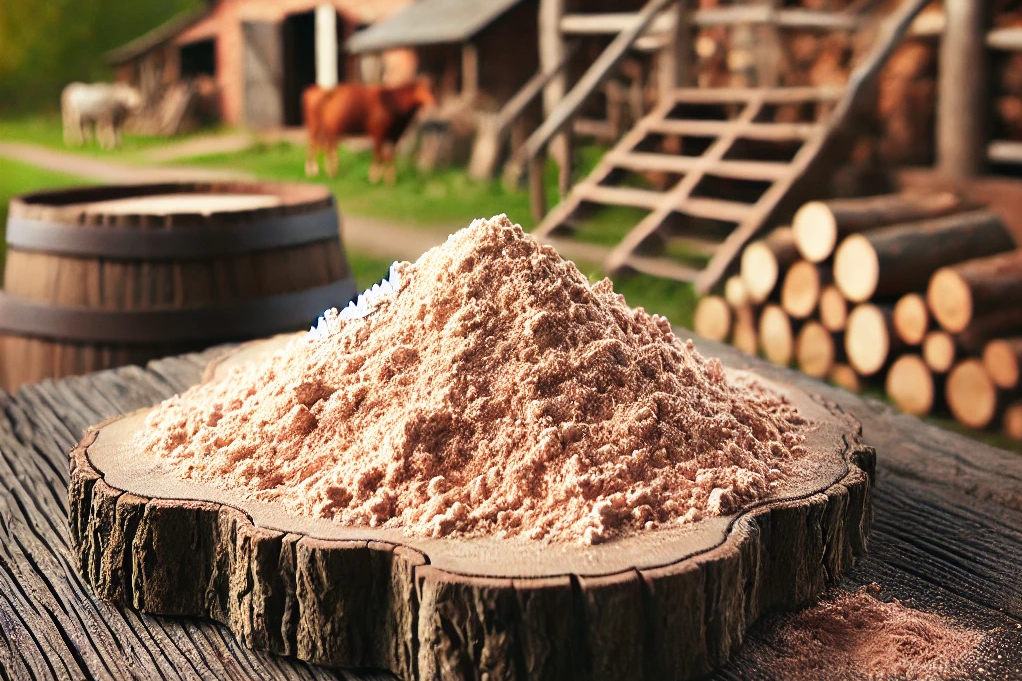Beef semolina
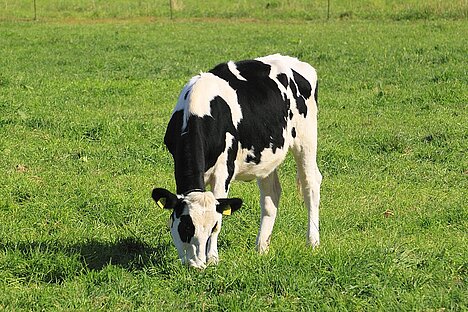
Beef semolina is a by-product of meat processing, consisting of crushed bones, cartilage, tendons and skin from cattle. It is often used as a filler or binder for dog food as it is cheap and rich in protein. But is semolina healthy for your dog? In this article, you can find out more about the advantages and disadvantages of semolina for your four-legged friend.
What are the benefits of semolina for dogs?
Beef semolina has a number of positive properties that can make it a useful ingredient in dog food. On the one hand, it provides your dog with energy and supports muscle building, as it contains a lot of protein. Secondly, it can improve the consistency and taste of the food by binding moisture and forming a firm structure.
Beef semolina can also be a good source of calcium, which is important for strong bones and teeth. It can also help to balance out the excess phosphorus that can occur in a diet high in meat. While phosphorus is also an important mineral, too much of it can lead to kidney problems.
What are the disadvantages of semolina for dogs?
Beef semolina is not without risks for your dog. For one thing, it can lead to allergies or intolerances if your dog is sensitive to certain ingredients. Symptoms can include itching, skin rashes, diarrhea or vomiting. If you notice such signs in your dog, you should take him to the vet and change his food.
On the other hand, semolina can contribute to obesity or diabetes if it is fed in excessive quantities. As it is very high in calories, it should only make up a small proportion of the total feed. Too much semolina can also lead to acidification of the blood, which can disrupt the metabolism and weaken the bones.
How much semolina should a dog get?
There is no general recommendation on how much semolina a dog should eat. This depends on various factors such as the dog's age, weight, breed and state of health. However, as a general rule, semolina should only be fed as a supplement to the main food. The main food should always consist of high-quality protein sources and should not contain any synthetic substances.
If you give your dog ready-made food, you should always look at the ingredients list and check how much semolina it contains. If you give your dog home-cooked or raw food, you should only occasionally add a little semolina and adjust the amount.
Beef semolina is not poison for dogs, but it is not a superfood either. It can be fed in small quantities as a variety, but not as a staple food. Too much semolina can lead to health problems such as allergies or obesity.
If you notice any signs of hypersensitivity or poisoning in your dog, you should see your vet immediately. We are not a substitute for a vet, but we try to be as accurate as possible. Every dog reacts differently and we recommend you get a second opinion or consult your vet if in doubt.
Stay healthy and take good care of your four-legged friend!😊
Similar to Beef semolina
Duck semolina, often also known as duck meal, is a by-product of duck meat production. It is made from the solid components of duck meat, which are obtained by drying and then grinding after the...
Chicken grit, often made from finely ground chicken meat or by-products of chicken processing, is a high-protein ingredient used in some specialized dog food products. Unlike chicken meal, which may...
Lamb semolina, also known as lamb meal, is a by-product of meat processing. It is made by drying fresh lamb meat and sometimes bones and grinding it into a fine powder. This powder is rich in...
First of all, it is important to clarify that the term "pork semolina" is rather uncommon in traditional food production and may cause confusion. In the context of animal nutrition, it could be a...
